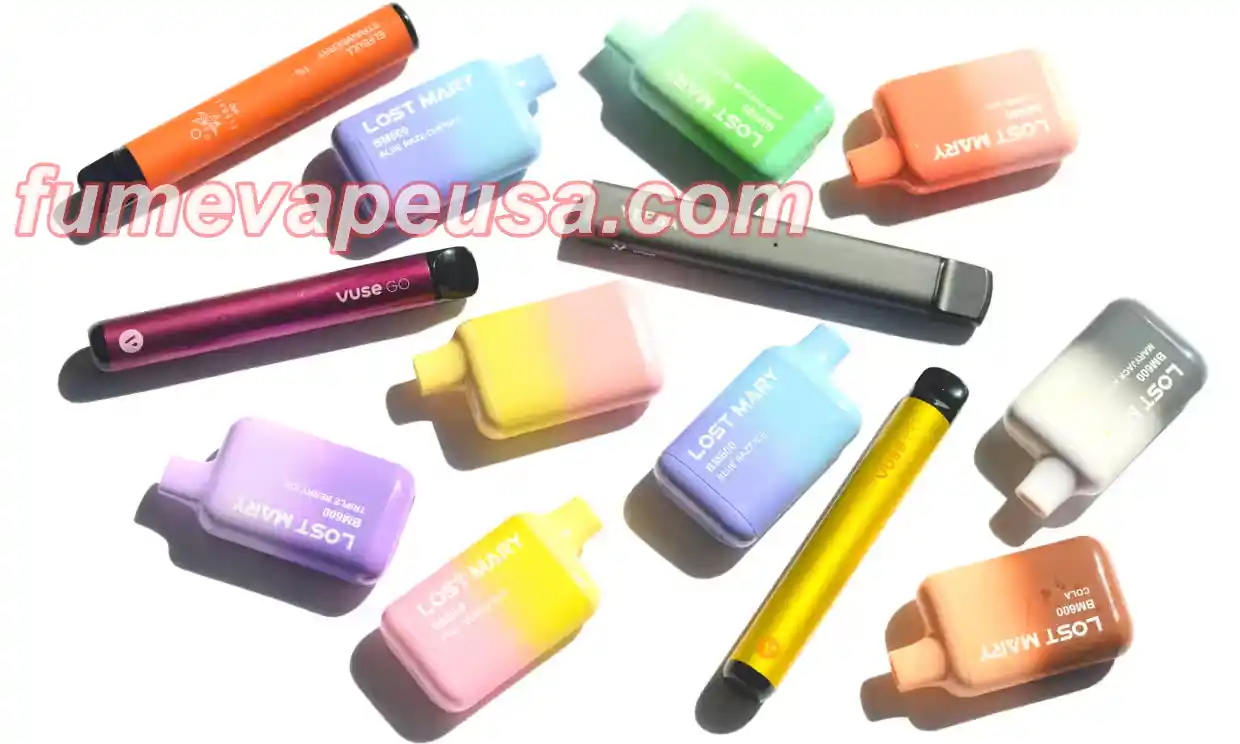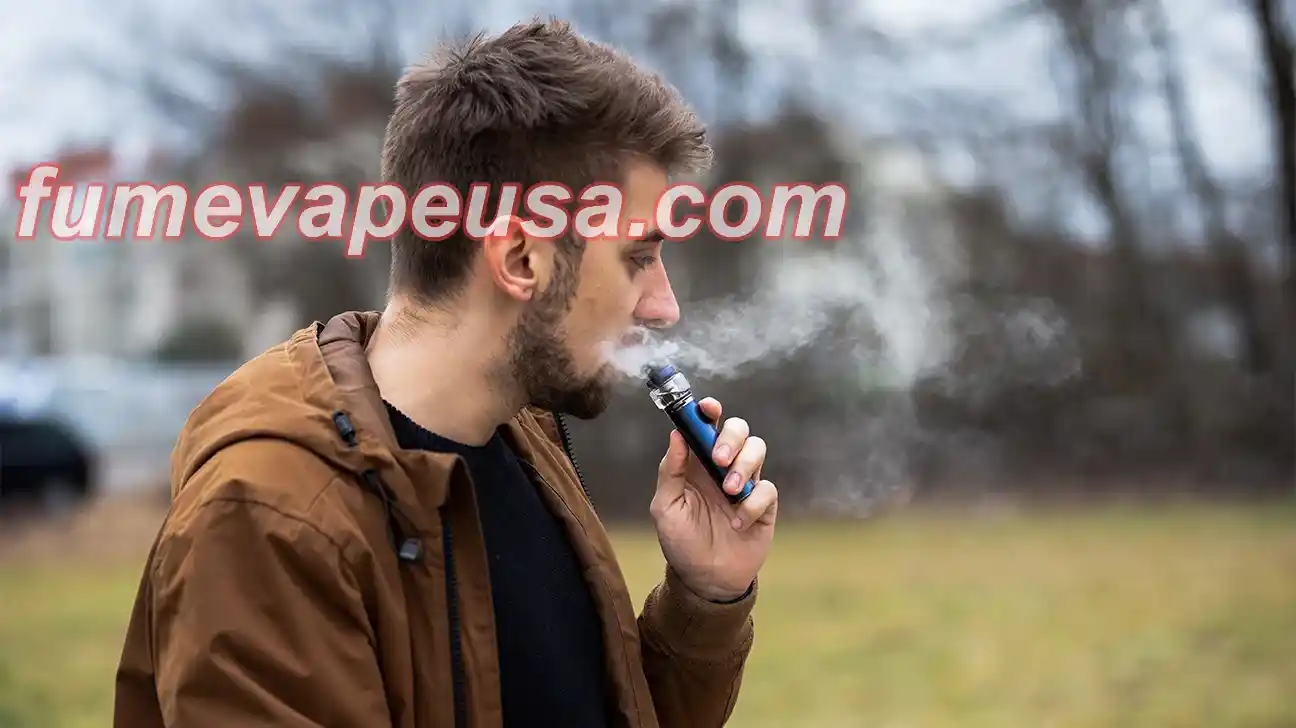Australia's Vape "Prescription-Only" Approach May Be Halted
Australia's Vape "Prescription-Only" Approach May Be Halted: The Shifting Policy Landscape and What It Means for the Future
Australia has long been regarded as one of the countries with the strictest vape regulations in the world. However, a recent shift in policy is raising eyebrows and signaling a change in direction. On Monday, Australian Health Minister Mark Butler announced that the government would ease the previously proposed vape regulations, aiming to make them more viable for passing in the Senate. The most significant change? The scrapping of the requirement for a doctor’s prescription to purchase vapes. Starting in October, Australians might be able to purchase vapes from pharmacies without a prescription, a significant reversal of the original plans.
While this shift has sparked debate, it also points to a broader concern about the effectiveness of strict vape regulations. As it stands, the regulations around vapes in Australia remain in flux, with this recent announcement signaling a potential shift toward a more practical, less restrictive policy. In this article, we'll explore the journey of Australia’s vape regulations, why the “prescription-only” model failed, and what this new direction could mean for the future of vaping in the country.
A Timeline of Australia’s Vape Regulations: From Tight Control to Possible Relaxation
Australia’s regulation of vapes has always been a tightrope walk, with the government attempting to balance public health concerns and the desire to control the use of nicotine products. The first major move toward controlling vapes came in 2021, when Australia took a firm stance by implementing a prescription-only policy for nicotine-containing vapes. Here’s a breakdown of key events in this regulatory journey:
- December 17, 2020: The Australian government passed revisions to the “Poison Standards,” placing nicotine in the category of prescription-only substances.
- May 13, 2021: The government introduced the “Nicotine Vaping Products Standard (TGO 110),” which further reinforced the prescription requirement.
- October 1, 2021: These regulations took effect, making it illegal to buy nicotine-containing vapes without a prescription. Pharmacies became the exclusive retail outlet for vapes.
- May 2022: Mark Butler became the Minister for Health and Aged Care, a move that would eventually signal the beginning of new regulatory changes.
- Summer 2022: Minister Butler began leading public consultations through the Therapeutic Goods Administration (TGA) to understand the impact of these regulations.
- December 2022: The government proposed additional measures to enforce stricter regulations on vapes, including enhanced import restrictions.
- May 2, 2023: The “2023-2030 National Tobacco Strategy” was launched, outlining plans for even stricter control of vapes, including a large budget for enforcement.
While the intentions behind these regulations were clear, aiming to curb illegal vape consumption and reduce underage access, they faced significant obstacles in implementation.
Why Did the Prescription-Only Model Fail?
Despite the government’s efforts, the prescription-only approach to vapes has largely failed to achieve its desired outcome. One of the major issues lies in the scale of non-compliance and illegal sales. According to Dr. Caroline Beaumont, a general practitioner and founder of MedicalNicotine, an estimated 80% of vape consumption was from illegal products. These were widely available on the black market and were primarily consumed by young people, a demographic the government was hoping to protect with these stringent laws.
But why couldn’t the prescription-only policy control the situation? There were several loopholes that allowed illegal vapes to flood the market:
- Non-Nicotine Vapes: While the focus was on nicotine-containing vapes, non-nicotine vapes were still widely available. These products were not subject to the same regulatory scrutiny and became a loophole for individuals seeking alternatives.
- Mislabeling and False Advertising: Vapes were being sold with nicotine falsely labeled on the packaging, which circumvented regulations and allowed these products to slip through the cracks.
- International Imports: Many Australians were purchasing vapes through international online stores, where regulations were lax. This made it easy for individuals to bypass local rules altogether.
- Small Size, Big Problem: Vapes are small and portable, making them easy to conceal and difficult to regulate. Moreover, the sheer number of counterfeit products flooded the market.
Ultimately, the combination of these factors rendered the prescription-only model largely ineffective, and the Australian government found itself in a situation where the black market for vapes was thriving, with no clear way to stamp it out.
The May 2023 Regulations: A New Hope?
In May 2023, the Australian government unveiled a new set of regulations, dubbed the “May 2023 Regulations.” This comprehensive plan aimed to address the gaps in the earlier prescription-only policy and sought to enforce stricter controls on vapes, particularly disposable vapes and illegal imports. Key components of these new regulations included:
- Ban on Non-Prescription Vapes: Starting in 2024, Australia banned the importation of any vape products that didn’t meet strict regulatory standards.
- Raising Standards for Vapes: There would be stricter controls on the ingredients and flavorings used in vapes, and these products would have to comply with pharmaceutical-like packaging.
- Nicotine Limitations: The allowable nicotine concentrations and volumes for vapes would be reduced to minimize health risks.
- Banning Disposable Vapes: Starting in 2024, disposable vapes would no longer be allowed, in an effort to curtail their use, particularly among young people.
These measures were designed to take effect gradually, with the first major restrictions coming into play in January 2024. However, the Australian government quickly ran into a significant challenge: illegal vapes were still being sold in massive quantities, often bypassing the new laws.
The Black Market Vape Crisis
Despite the government’s best efforts to control the market, illegal vapes have become a pervasive issue. A recent report from the Victorian Parliamentary Budget Office estimated that the black market for vapes in Victoria alone could be worth up to AU$500 million. Seizures by the Australian Border Force and local law enforcement have yielded millions of dollars’ worth of illegal products. In April 2024, a joint operation between the TGA and Victoria Police resulted in the confiscation of 500,000 illegal vapes, valued at AU$15 million. This has raised serious concerns about the efficacy of the government’s current strategy.
Australia’s black market for vapes is also compounded by the fact that disposable vapes are highly sought after due to their ease of use and portability. As these products are banned from legal sale, they only become more desirable on the black market.
Prescription-Only Model: A Losing Strategy?
So, why did the prescription-only model backfire? There are several reasons why this approach has proven to be a losing battle:
- Adult Consumers Aren’t Interested: Most adult consumers don’t want to go through the hassle of getting a prescription just to purchase an vape. This has made the prescription model unpopular among those who might benefit from it the most.
- Pharmacists Overburdened: Pharmacists have been left to shoulder the burden of issuing prescriptions for vapes, a task that is time-consuming and not aligned with their primary role as healthcare providers. Many pharmacists have opposed this policy, arguing that they shouldn’t be in the business of selling tobacco products.
- Easy Access for Minors: Despite the regulations, minors have continued to find ways to access vapes, particularly through the black market. This has made it clear that the policy has not been effective in curbing youth vaping.
At this point, the prescription-only model has become a case of “three-way failure,” with neither adult consumers, pharmacists, nor minors benefiting from the approach.
Looking to the Future: What’s Next for Australia’s Vape Regulations?
With the shift in policy announced by Minister Butler, there is hope that the Australian government will ease its regulations and allow for greater accessibility to vapes for adult consumers. However, this is not a perfect solution. While easing access might help curb black market activity, it will likely face opposition from groups who are concerned about the potential for increased youth access.
For now, it seems that Australia is looking for a middle ground—one that balances the needs of adult smokers seeking a harm-reducing alternative with the need to protect young people from the risks of vaping.
Why Vapes Are Becoming a Popular Choice for Smokers
While the debate about vape regulations continues to unfold, it’s worth mentioning why vapes are increasingly seen as a better option than traditional smoking. Here are a few key benefits:
- Reduced Health Risks: While not entirely risk-free, vapes are generally considered less harmful than traditional tobacco products. They don’t produce tar or many of the harmful chemicals found in combustible cigarettes.
- Nicotine Control: Vapes allow users to control their nicotine intake, which can help smokers gradually reduce their dependence on nicotine.
- Fewer Secondhand Smoke Risks: Vapes produce vapor instead of smoke, which significantly reduces the exposure of non-smokers to harmful secondhand smoke.
- Variety of Flavors: Vapes come in a wide range of flavors, making them a more appealing alternative to traditional cigarettes.
For those looking to make the switch to vapes, options like Fume Vape Eternity 20k Puffs and Fume Vape Price offer a great starting point.
Conclusion: A New Era for Australia’s Vape Regulations?
Australia is at a crossroads when it comes to vape regulation. While the government’s previous attempts to regulate vapes through a prescription-only model have largely failed, the new direction proposed by Minister Butler offers a glimmer of hope for adult smokers seeking alternatives to traditional cigarettes. However, the shift in policy will require careful balancing to ensure that it doesn’t inadvertently increase youth access to vaping products.
The future of vape regulations in Australia is still uncertain, but one thing is clear: the government will need to take a more pragmatic approach to tackle the complex issues surrounding vape use, particularly as the black market continues to thrive.
Stay updated on the latest vaping trends and news, and don’t miss our other articles like UK to Ban Disposable Vapes and New Zealand Vape updates.
